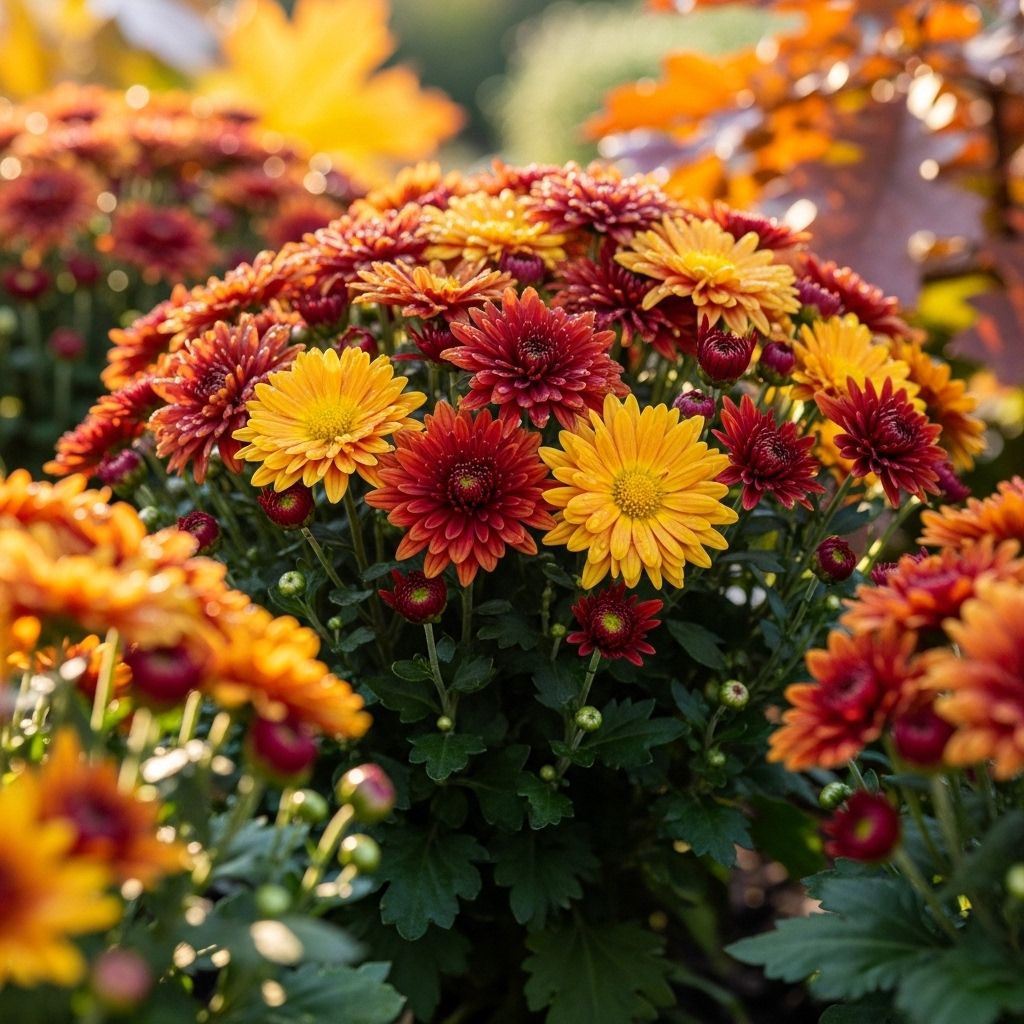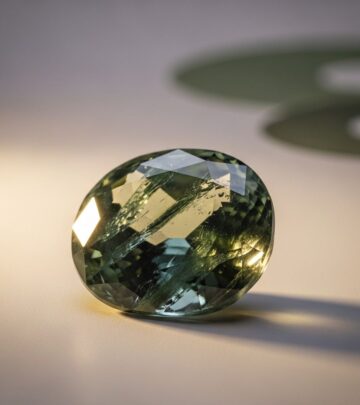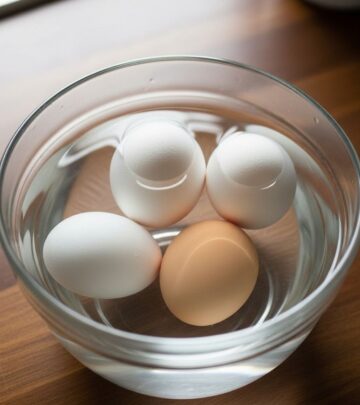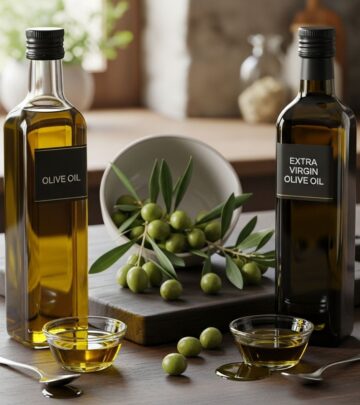Perennial Mums: Comprehensive Guide To Lasting Fall Blooms
Discover whether mums are perennial, how to grow them for year-round success, and expert tips for thriving fall blooms.

Image: HearthJunction Design Team
Are Mums Perennials?
Chrysanthemums, commonly known as mums, are beloved for their ability to bring a burst of vibrant color to gardens and patios in the fall. But many gardeners wonder: are mums truly perennials, or are they destined to be tossed out after a single season? Understanding the perennial nature of mums, and how their care can influence their longevity, can help transform your autumn displays into lasting garden features for years to come.
Understanding Chrysanthemums: Perennial or Annual?
Mums are naturally herbaceous perennials in most regions, meaning they can regrow and bloom year after year if given the proper conditions and care . However, whether your mums behave as perennials or annuals depends largely on:
- The type or cultivar chosen
- Your USDA plant hardiness zone
- The timing and method of planting
- Winter protection and gardening practices
Many gardeners inadvertently treat mums as annuals, discarding them after their fall bloom fades. In reality, most garden chrysanthemums (Chrysanthemum x morifolium) are capable of returning each year if they are planted early enough to establish roots before winter and receive suitable protection .
Types of Chrysanthemums
There are several main types of mums, each bred for different purposes and with varying levels of winter hardiness:
- Hardy Garden Mums: These are perennials, bred to withstand cold winters and return each year. Examples include Korean or Rubellum types such as ‘Mary Stoker,’ ‘Nell Gwynn,’ and ‘Perry’s Peach’ .
- Spray Chrysanthemums: Produce branched clusters of flowers, perfect for perennial borders and cut flowers. Varieties include ‘Chatsworth’ and ‘Pumpkin’ .
- Charm and Cushion Mums: Compact, domed varieties bred for pots, commonly sold in supermarkets and garden centers during autumn. Examples are ‘Bravo,’ ‘Barbara,’ and ‘Casablanca.’ These are often treated as disposable but can be perennial with proper planting and care .
Not all mums are equally winter-hardy. Some florist mums are not suited to outdoor perennial growth and may not survive cold climates. Always check labels for the hardiness of your chosen cultivar.
How to Grow Mums as Perennials
For mums to thrive as perennials, they need specific cultural conditions and care throughout the year. Follow the steps below to ensure your mums return each season:
Site Selection and Planting
- Plant Time: For best perennial success, plant mums in spring or early summer, giving them ample time to establish a strong root system before winter .
- Location: Choose a site with full sun (at least 6 hours daily), as mums that receive insufficient light will be less hardy and bloom poorly .
- Soil: Use fertile, well-drained soil with high organic matter. Water-logged soil increases the risk of root rot, especially over winter .
- Spacing: Space plants 12 inches to 3 feet apart, depending on the variety. Mums can form dense mounds 1 to 3 feet tall and wide .
Watering and Feeding
- Water: Keep soil consistently moist but not soggy. Mums are especially thirsty during active growth and bloom periods. Avoid letting them dry out completely .
- Fertilizing: Apply a balanced, soluble fertilizer weekly during the growing season. Mums are heavy feeders and will bloom best with regular nutrition. Stop fertilizing by late summer to avoid encouraging tender new growth that could be damaged by frost .
- Mulching: Apply an organic mulch to conserve soil moisture, suppress weeds, and moderate soil temperature.
Pinching and Pruning
- Pinching: To encourage bushier plants and more blooms, regularly pinch 1 inch from the tips of stems starting when plants are 6 inches tall, and continuing every 2 to 4 weeks until mid-July. This delays blooming until fall and keeps plants compact .
- Deadheading: Remove spent blooms promptly to encourage continued flowering and tidy appearance.
Overwintering Mums Successfully
- After the first hard frost, allow the dead foliage and stems to remain over winter — this acts as a protective mulch.
- Add a thick layer (2–4 inches) of straw, leaves, or pine needles around the crown once the ground begins to freeze to help insulate roots from extreme cold .
- In spring, remove mulch, cut back dead stems, and fertilize to encourage new growth.
Common Challenges: Why Don’t Some Mums Return?
Despite their perennial potential, many gardeners find their mums don’t survive the winter. Common reasons include:
- Late Planting: Mums bought and planted in fall often lack time to develop strong roots, making them susceptible to cold damage.
- Poor Drainage: Soggy winter soils can rot shallow mum roots, especially if mulch is not applied or soil is heavy clay.
- Inadequate Hardy Varieties: Some “florist” mums are only intended for temporary indoor use and will not survive outdoors.
- Exposure: Planting in wind-exposed or poorly sheltered locations increases winter kill risk.
Tip: For perennial mums, buy plants early from reputable nurseries, plant as soon as frost danger passes, and check for winter-hardy varieties suited to your region.
Landscape Uses for Mums
Mums are prized for their landscape versatility and long-lasting flowers in autumn. Here are popular ways to use them:
- Add color to garden beds and borders, especially when paired with other late-season perennials and ornamental grasses
- Use in foundation plantings for a splash of fall interest
- Grow in containers for patios, entryways, or balcony displays
- Plant as massed drifts for bold impact
- Use as cut flowers for indoor arrangements, with many varieties offering long vase life
Mums also offer the following special features:
- Attract butterflies
- Resist deer browsing
- Tolerate hot, dry sites (with adequate watering)
Caring for Container-Grown Mums
Many mums are sold in pots during autumn, designed for instant color. To enjoy these as perennials:
- Transplant them into the ground as soon as possible, before the first frost.
- If overwintering in containers, place pots in a sheltered spot (garage, cold frame, or unheated shed) and water sparingly just enough to prevent completely drying out.
- Alternatively, treat potted mums as annuals and compost at the end of the season if long-term survival isn’t a priority.
Table: Quick Reference Guide to Growing Perennial Mums
| Aspect | Recommendations |
|---|---|
| Light | Full sun (6+ hours daily) |
| Soil | Fertile, high organic matter, well-drained |
| Planting Time | Spring or early summer for perennials |
| Water | Keep evenly moist, especially during bloom |
| Fertilizer | Weekly balanced fertilizer during growth |
| Mulch | 2–4 inches organic mulch after ground freezes |
| Pinching | Regularly until mid-July for bushiness |
| Division | Every 1–2 years to maintain vigor |
| Winter Hardiness | Depends on variety (check USDA zone) |
Mum Maintenance: Division and Renewal
Mums are vigorous growers that can become crowded or woody at the center after a few years. To keep them healthy:
- Divide mums every 1–2 years in spring, just as new shoots emerge. Use a sharp spade to separate clumps and replant the healthiest outer sections .
- Discard the older, woody center. Replanted divisions establish quickly and produce better blooms.
Bloom Times, Colors, and Flower Forms
Mums bloom in late summer through fall, providing garden color after many other flowers have faded. Their wide color palette and varied shapes are a key part of their appeal.
- Colors: Gold, yellow, orange, brown, white, lavender, pink, and purple are common .
- Flower types: Single, semi-double, pompon, cushion, decorative, and spider. The flower heads can be domed and up to 12 inches across in some cultivars .
- Fragrance: Many mums are fragrant, adding sensory enjoyment to the garden.
Frequently Asked Questions (FAQs)
Q: Are all mums perennials?
A: Most garden mums (Chrysanthemum x morifolium) are perennials if planted early and cared for correctly. However, florist mums and some supermarket varieties are not reliably perennial outdoors in cold climates.
Q: When is the best time to plant mums for perennial growth?
A: Plant mums in spring or early summer for the best chance of survival. Fall-planted mums often do not establish roots well enough before winter.
Q: How do I prepare mums for winter?
A: After frost, leave stems and foliage until spring, then cover the base with 2–4 inches of straw, pine needles, or leaves once the ground freezes. Remove the mulch in spring.
Q: Should I divide my mums?
A: Yes, dividing mums every 1–2 years in spring prevents overcrowding and keeps plants healthy and productive.
Q: Can potted mums be overwintered?
A: Yes, but it’s best to plant them in the ground before the first frost. If left in pots, move to a protected location and water sparingly to keep roots barely moist.
Conclusion
Mums are enduring symbols of fall, and in many cases, they are true perennials that can return with vigor each year. By selecting hardy varieties, planting early, and providing the right cultural care—including division and winter protection—you can enjoy their spectacular blooms season after season. Whether in borders, containers, or cut arrangements, mums bring lasting beauty and color to gardens well beyond a single autumn.
References: UF/IFAS Gardening Solutions, NC State Extension Gardener, Bluestone Perennials, Clemson Home & Garden Information Center, NC State Plant Toolbox.
References
Read full bio of Srija Burman










